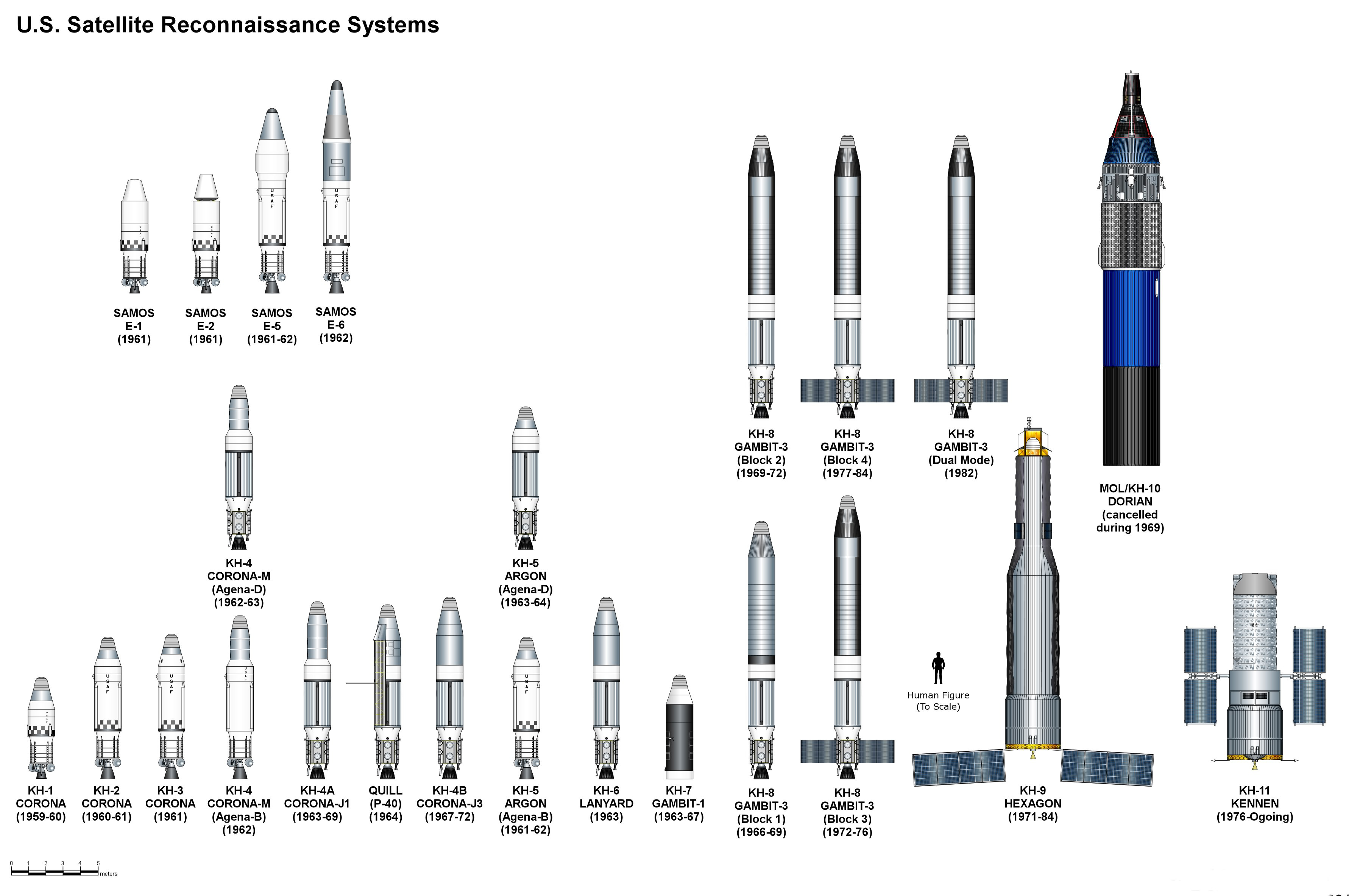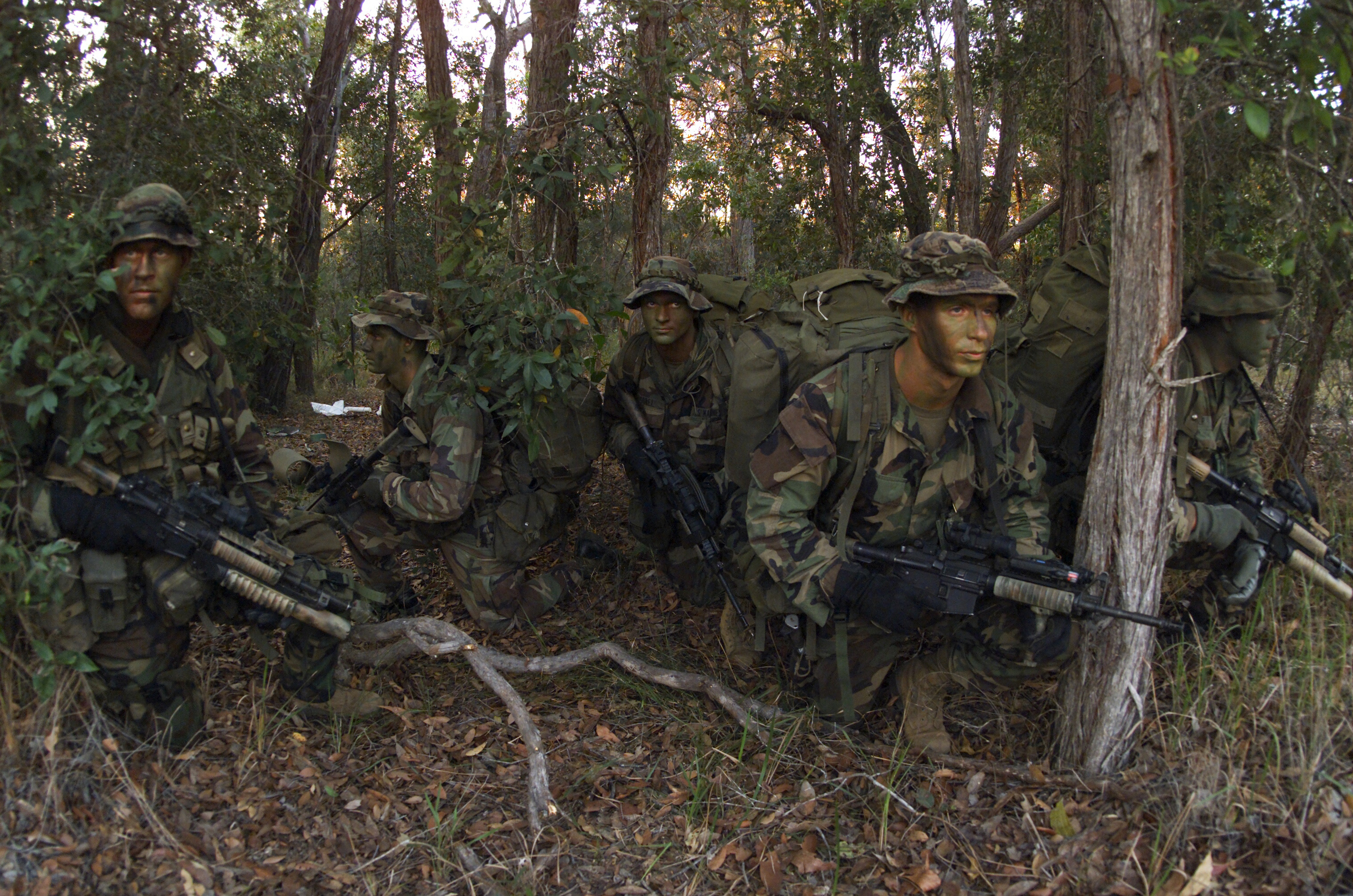|
Orlets-1
Orlets-1 or Don (GRAU index 17F12) was a Russian (previously Soviet) reconnaissance satellite.NSSDC Master CatalogCosmos 2290/ref>Gunter's Space Page/ref> Orlets-1 was developed after the Yantar-2K satellite was deemed incapable of providing strategic warning of attack. It drew on features of an existing draft project called Yantar-6K. Equipped with a wide-spectrum panoramic camera and carrying eight film return capsules, Orlets-1 had a design life of 60 days. After completing its mission, the satellite was detonated in its orbit. The Soyuz-U or Soyuz-U2 launch vehicle was used to deploy Orlets-1. An improved version, Orlets-2, was also created. References * ''This article incorporates text from NSSDC Master Catalog', a publication in the public domain The public domain (PD) consists of all the creative work to which no Exclusive exclusive intellectual property rights apply. Those rights may have expired, been forfeited, expressly Waiver, waived, or may be inapplicable. ... [...More Info...] [...Related Items...] OR: [Wikipedia] [Google] [Baidu] |
GRAU
The Main Missile and Artillery Directorate of the Ministry of Defense of the Russian Federation (), commonly referred to by its transliterated acronym GRAU (), is a department of the Russian Ministry of Defense. It is subordinate to the Chief of Armament and Munition of the Russian Armed Forces, a vice-minister of defense. The organization dates back to 1862 when it was established under the name Main Artillery Directorate (, GAU). The "R" from "rockets" was added to the title from 19 November 1960. The GRAU is responsible for assigning GRAU indices to Russian army ammunitions and equipment. As of April 2025, the Chief of the GRAU was Major General Aleksey Volkov. Arsenals Arsenals of the GRAU, according to Kommersant-Vlast in 2005, included the 53rd at Dzerzhinsk, Nizhniy Novogorod Oblast, the 55th in the Sklad-40 microraion at Rzhev, the 60th at Kaluga, the 63rd at Lipetsk, the 75th at Serpukhov south of Moscow, and the 97th at Skolin (all five in the Moscow Milita ... [...More Info...] [...Related Items...] OR: [Wikipedia] [Google] [Baidu] |
Soviet Union
The Union of Soviet Socialist Republics. (USSR), commonly known as the Soviet Union, was a List of former transcontinental countries#Since 1700, transcontinental country that spanned much of Eurasia from 1922 until Dissolution of the Soviet Union, it dissolved in 1991. During its existence, it was the list of countries and dependencies by area, largest country by area, extending across Time in Russia, eleven time zones and sharing Geography of the Soviet Union#Borders and neighbors, borders with twelve countries, and the List of countries and dependencies by population, third-most populous country. An overall successor to the Russian Empire, it was nominally organized as a federal union of Republics of the Soviet Union, national republics, the largest and most populous of which was the Russian SFSR. In practice, Government of the Soviet Union, its government and Economy of the Soviet Union, economy were Soviet-type economic planning, highly centralized. As a one-party state go ... [...More Info...] [...Related Items...] OR: [Wikipedia] [Google] [Baidu] |
Reconnaissance Satellite
A reconnaissance satellite or intelligence satellite (commonly, although unofficially, referred to as a spy satellite) is an Earth observation satellite or communications satellite deployed for military or intelligence applications. The first generation type (i.e., Corona and Zenit) took photographs, then ejected canisters of photographic film which would descend back down into Earth's atmosphere. Corona capsules were retrieved in mid-air as they floated down on parachutes. Later, spacecraft had digital imaging systems and downloaded the images via encrypted radio links. In the United States, most information available about reconnaissance satellites is on programs that existed up to 1972, as this information has been declassified due to its age. Some information about programs before that time is still classified information, and a small amount of information is available on subsequent missions. A few up-to-date reconnaissance satellite images have been declassifi ... [...More Info...] [...Related Items...] OR: [Wikipedia] [Google] [Baidu] |
Yantar (satellite)
Yantar ( meaning amber) were a series of Russian (previously Soviet Union, Soviet) reconnaissance satellites, which supplemented and eventually replaced the Zenit (satellite), Zenit spacecraft. Kosmos 2175, a Yantar-4K2 or ''Kobalt'' spacecraft, was the first satellite to be launched by the Russian Federation following the dissolution of the Soviet Union. Yantar-Terilen was the first real-time digital system. Yantar satellites also formed the basis for the later Orlets, Resurs and Persona (satellite), Persona satellites. 179 have been launched, nine of which were lost in launch failures. All Yantar satellites were launched using the Soyuz-U carrier rocket until Kosmos 2480 in 2012 which was announced as the last launch of that rocket from Plesetsk Cosmodrome, Plesetsk. Subsequent launches used the modernized Soyuz-2.1a rocket. The last Yantar mission was Kosmos 2505, a Yantar-4K2M or ''Kobalt-M'', launched on 5 June 2015. Reconnaissance missions have been taken over by the Persona ... [...More Info...] [...Related Items...] OR: [Wikipedia] [Google] [Baidu] |
Soyuz-U
Soyuz-U ( GRAU index: 11A511U) was a Soviet and later Russian expendable medium-lift launch vehicle designed by the TsSKB design bureau and constructed at the Progress factory in Samara, Russia. The ''U'' designation stands for ''unified'', as the launch vehicle was the replacement for both the Voskhod rocket and the original Soyuz rocket. The Soyuz-U is part of the R-7 rocket family, which evolved from the R-7 Semyorka, an intercontinental ballistic missile. The first Soyuz-U flight took place on 18 May 1973, carrying as its payload Kosmos 559, a Zenit military surveillance satellite. The final flight of a Soyuz-U rocket took place on 22 February 2017, carrying Progress MS-05 to the International Space Station. Soyuz-U was in use continuously for almost 44 years. Production of R-7 derived launch vehicles peaked in the late 1970s-early 1980s at 55–60 a year. Soyuz-U held the world record of highest launch rate in a year in 1979 with 47 flights until this was bea ... [...More Info...] [...Related Items...] OR: [Wikipedia] [Google] [Baidu] |
Soyuz-U2
The Soyuz-U2 (GRAU index 11A511U2) was a Soviet, later Russian, carrier rocket. It was derived from the Soyuz-U, and a member of the R-7 family of rockets. It featured increased performance compared with the baseline Soyuz-U, due to the use of syntin propellant, as opposed to RP-1 paraffin, used on the Soyuz-U. The increased payload of the Soyuz-U2 allowed heavier spacecraft to be launched, while lighter spacecraft could be placed in higher orbits, compared to those launched by Soyuz-U rockets. In 1996, it was announced that the Soyuz-U2 had been retired, as the performance advantage gained through the use of syntin did not justify the additional cost of its production. The final flight, Soyuz TM-22, occurred on 3 September 1995 from Gagarin's Start in Baikonur. The Soyuz-U2 was first used to launch four Zenit reconnaissance satellites, then it delivered crewed Soyuz spacecraft to space stations Salyut 7 and Mir: missions Soyuz T-12 to T-15 and Soyuz TM-1 to TM-22. It also ... [...More Info...] [...Related Items...] OR: [Wikipedia] [Google] [Baidu] |
Public Domain
The public domain (PD) consists of all the creative work to which no Exclusive exclusive intellectual property rights apply. Those rights may have expired, been forfeited, expressly Waiver, waived, or may be inapplicable. Because no one holds the exclusive rights, anyone can legally use or reference those works without permission. As examples, the works of William Shakespeare, Ludwig van Beethoven, Miguel de Cervantes, Zoroaster, Lao Zi, Confucius, Aristotle, L. Frank Baum, Leonardo da Vinci and Georges Méliès are in the public domain either by virtue of their having been created before copyright existed, or by their copyright term having expired. Some works are not covered by a country's copyright laws, and are therefore in the public domain; for example, in the United States, items excluded from copyright include the formulae of Classical mechanics, Newtonian physics and cooking recipes. Other works are actively dedicated by their authors to the public domain (see waiver) ... [...More Info...] [...Related Items...] OR: [Wikipedia] [Google] [Baidu] |
Reconnaissance Satellites Of The Soviet Union
In military operations, military reconnaissance () or scouting is the exploration of an area by military forces to obtain information about enemy forces, the terrain, and civil activities in the area of operations. In military jargon, reconnaissance is abbreviated to ''recce'' (in British, Canadian, Australian English) and to ''recon'' (in American English), both derived from the root word ''reconnoitre'' / ''reconnoitering''. The types of reconnaissance include patrolling the local area of operations and long-range reconnaissance patrols, which are tasks usually realized in the United States of America by U.S. Army Rangers, cavalry scouts, and military intelligence specialists, using navy ships and submarines, reconnaissance aircraft, satellites to collect raw intelligence; and establishing observation posts. Moreover, espionage is different from reconnaissance, because spies work as civilians in enemy territory. Etymology The word is derived from the Middle French word ''re ... [...More Info...] [...Related Items...] OR: [Wikipedia] [Google] [Baidu] |




